|
The large pine tree outside our room attracted various birds early in the mornings including White-winged Doves. Greater Antillean Grackles with their strange tails would sit preening in the sunshine and Tawny-shouldered Blackbirds looked for insects. Their orange shoulder patches are often hidden but the slightly smaller bill and more slender appearance distinguishes them from Cuban Blackbird which are far more common. Great Lizard Cuckoo are widespread and common but are rather skulking so when one approached us in scattered scrub on the path down by the lake this morning I stood still and waited for it to come to me, which It did in rather spectacular fashion We set off for Topes de Collantes this morning which lies to the south of Lake Hanabanilla and is higher in elevation. On the way we stopped at a viewpoint for a short break with its wonderful view to the north with the southern arm of Lake Hanabanilla in the distance. We had arranged to stay at Los Helechos Hotel for eight nights but when we arrived it looked as if it had seen better days! Only joking! In fact the hotel is quite nice and the standard has been raised a lot since we were last here. This was an old apartment block from which, when the hotels were built here, they moved people out into various cities. The hotel has good food, pleasant rooms and a very smart brand new swimming pool that Lynn used every day. In fact we were treated like honoured guests during our stay, and we couldn't figure out why until the end. It turned out that in all the years that the hotel had been open nobody had ever stayed for eight days - usually its just one or two nights as part of a whistle-stop tour of Cuba. As the main hotel was full for the first night we were given a spacious little bungalow for the night at Villa Caburni which is a short way up the road with the promise that we would be moved down the next day. Los Helechos is run by Gaviota which is in effect a part of the military so the transport for tours and day trips is in old military vehicles - lorries and jeeps depending on how many of you there are. We had tried to arrange our own vehicle and driver to stay with us here to give us more flexibility but had been told this wasn't possible but were never given a reason why. I suspect this is just Gaviota maintaining a monopoly on tourist transport in the area as I can't think of any other reason. And in fact that worked out just fine as some days we wanted to walk locally and others we arranged a jeep plus driver and guide to take us out. After getting set up in our rooms we went out for a walk and soon found larvae of Orange-washed Sulphur Phoebis avellaneda and Orange-barred Sulphur Phoebis philea on Senna spectabilis amongst the bushes in front of the concrete shell of the apartment block. There were also eggs of White-angled Sulphur Anteos clorinde. We searched the Passiflora for Heliconiinae eggs and larvae but couldn't find any. Doug pointed out the distinctive feeding damage of Red-striped Leafwing Siderone galanthis on Casearia with the tell-tale brown leaf fragments left hanging in a line along the midrib, and also of Perching Saliana Saliana esperi on Costus spiralis with the rather straight-cut edges where the larva had been feeding on the leaves. Both these species have been recorded here before but we didn't see adults of either during our stay. Red-legged Honey-creepers and Cuban Orioles were feeding in a large flowering Erythrina tree but the distance was to great for any reasonable pictures of these with my camera set-up. Having checked with the security guard that it would be ok to run the moth lamp outside the bungalow overnight we set it up running the cable out through an open window. There were plenty of trees just outside so we looked forward to seeing what there would be in the morning.
0 Comments
Leave a Reply. |
Welcome to our Blog
Here we will post interesting news about what we and others have seen in Cuba. Archives
July 2024
Categories |
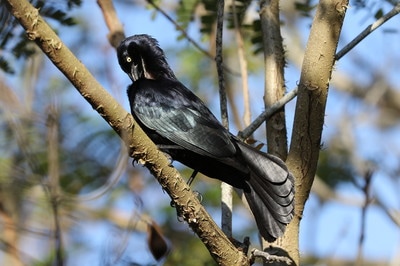
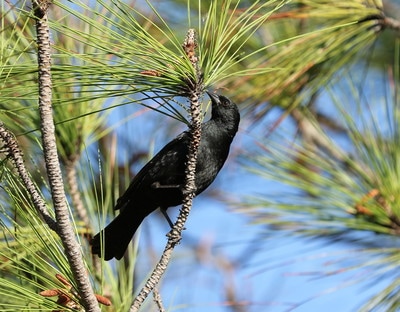
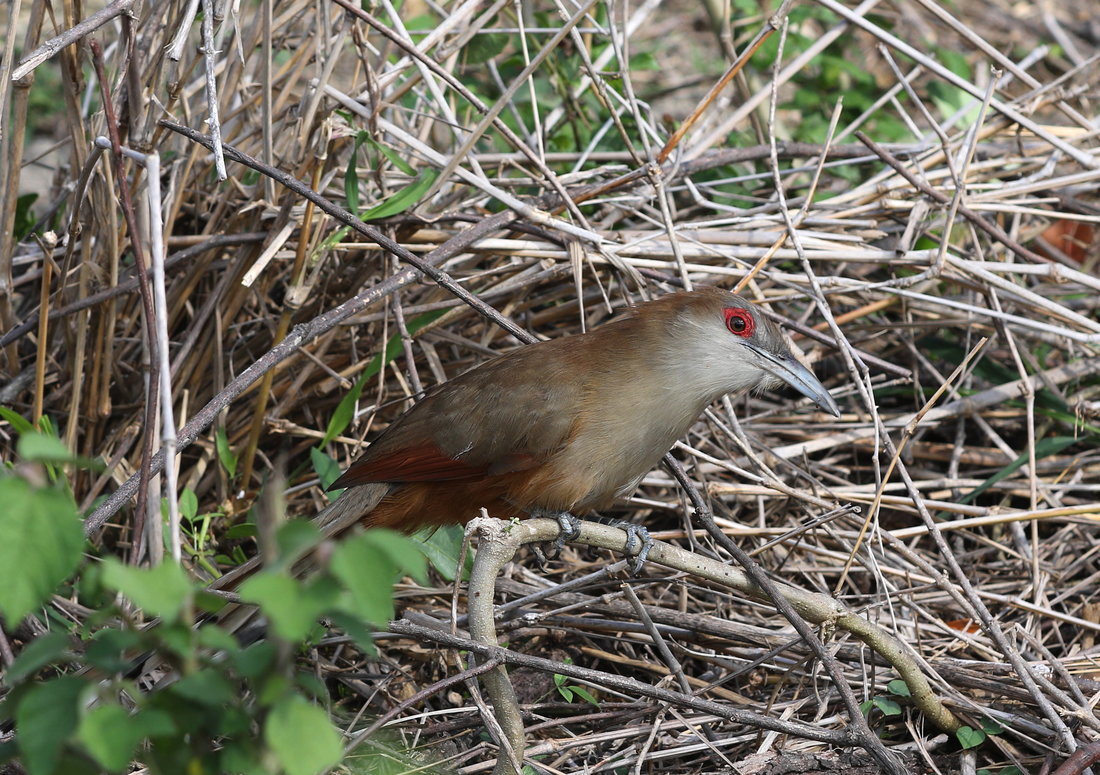
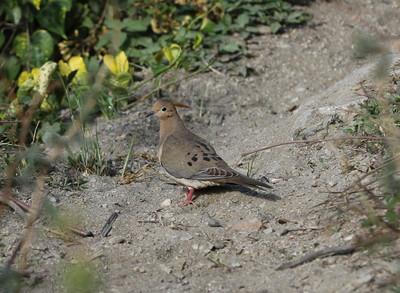
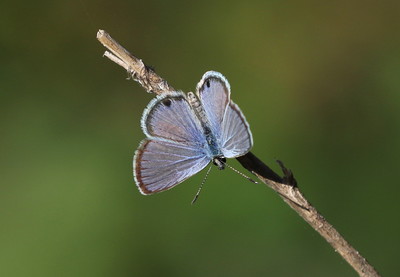
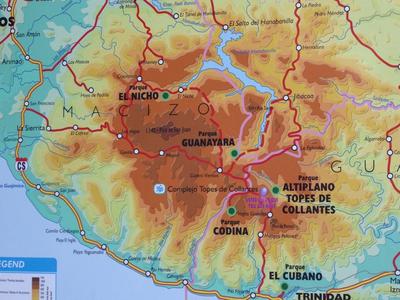
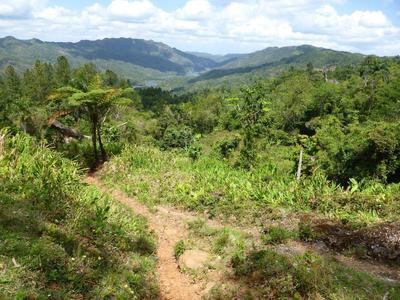
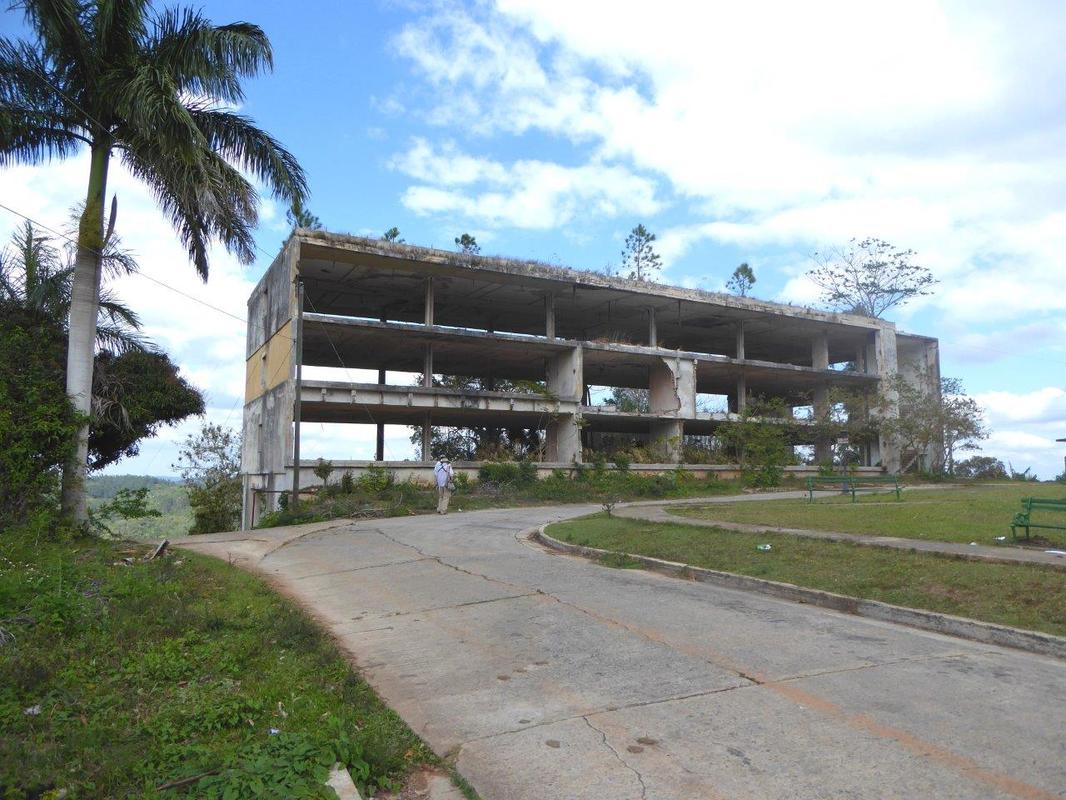
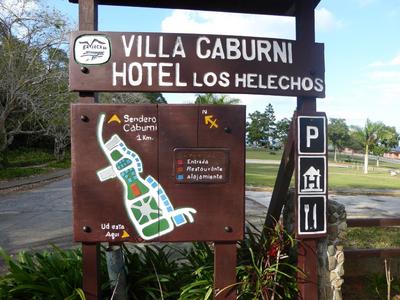
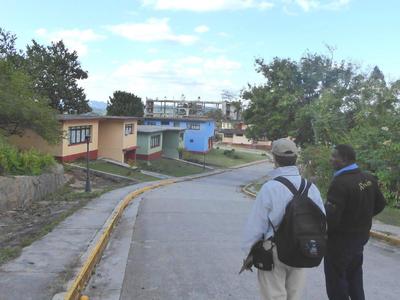
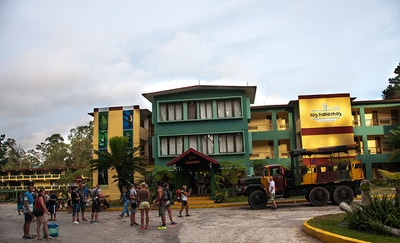
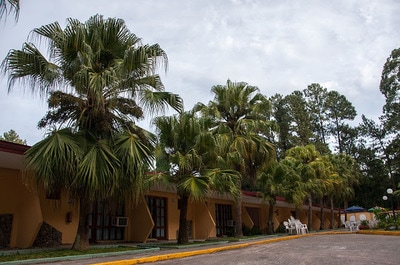
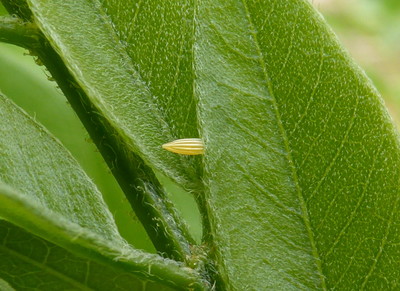
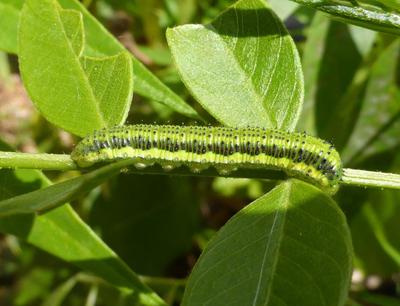
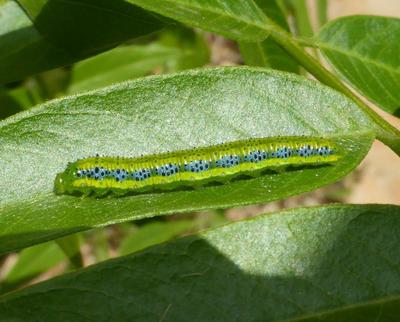
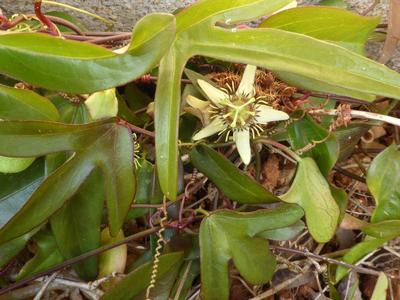
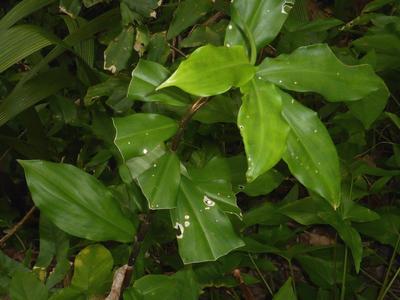
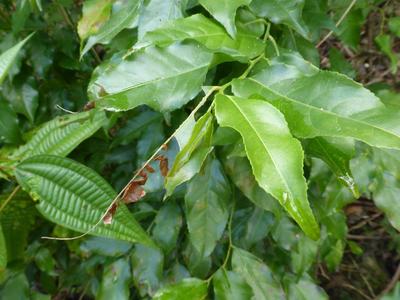
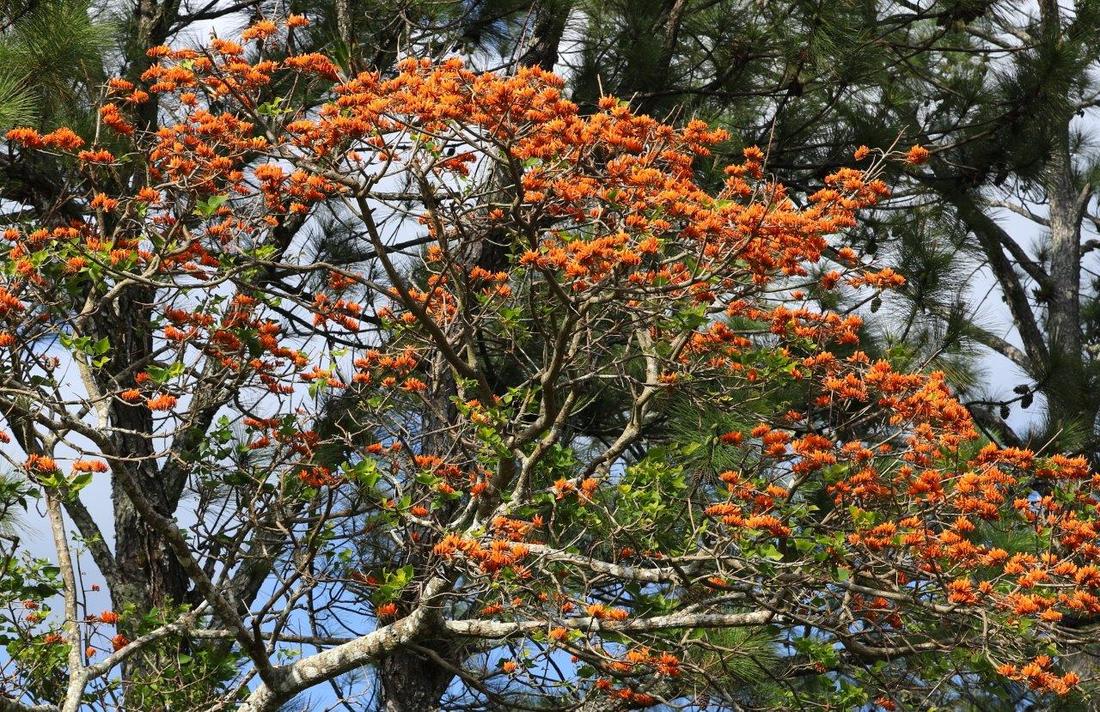
 RSS Feed
RSS Feed